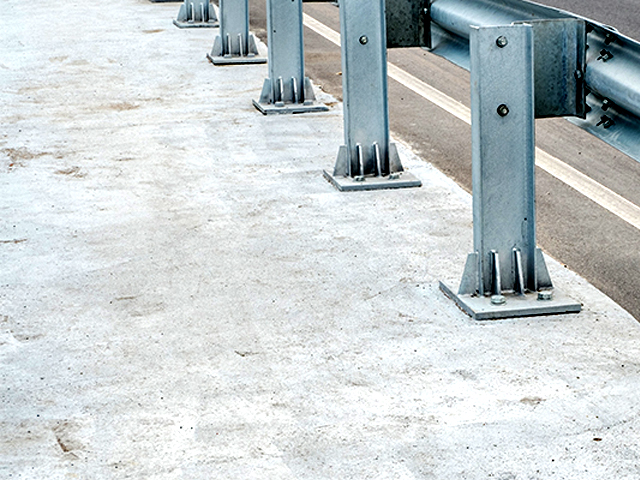FROM CARROTS TO CONCRETE
10 Jul 2018
While vegetables will make the human body stronger, scientists have discovered that they can also do the same for our buildings. Find out how researchers have created a root vegetable-based material that could see us standing on concrete made from carrots in the future.

By extracting ‘nanoplatelets’ from root vegetables and embedding them in concrete material, scientists from the UoL have found that the concrete is sturdier and far more sustainable. The nanoplatelets work by increasing the amount of calcium silicate hydrate that controls the performance of concrete and can stop the material from cracking. The vegetable-based cement has a far denser microstructure, which helps to prevent corrosion and improve the material’s lifespan.
The ultimate outcome is a far reduced amount of cement needed to make concrete, thereby greatly reducing the material’s impact on carbon emissions. Studies have showed that adding the root vegetable nanoplatelets could reduce the amount of cement needed, per cubic metre of concrete by 40 kilograms, with a concomitant reduction in CO2 of 40kg.
The vegetable-based additives also outperformed other commercially available cement additives, such as graphene and carbon nanotubes, at a much lower cost, making it currently the most viable sustainable additive source
As well as mechanical and sustainability improvements, the use of root vegetables could also tackle the issue of excessive food waste. 
“These novel cement nanocomposites are made by combining ordinary Portland cement with nanoplatelets extracted from waste root vegetables that have been taken from the food industry,” said lead researcher and engineering professor, Mohamed Saafi. “The composites are not only superior to current cement products, in terms of mechanical and microstructure properties, but also use smaller amounts of cement. This significantly reduces both the energy consumption and CO2 emissions associated with cement manufacturing.”
The team is now working with industrial partners at Cellucomp, which already use nanoplatelets to make more durable paints, to further research the new technology that has been supported by $348,000 from the European Commission’s Horizon 2020 program.
The project is also looking at whether existing cement structures could be reinforced with nanofibre-based sheets made from the vegetable nanoplatelets, which the researchers believe may outperform existing alternatives, such as carbon fibre, due to a better ability to bend and withstand damaging forces.
If the scientist's research continues to develop, we may see ourselfes in the future, surrounded by walls built from carrots.







